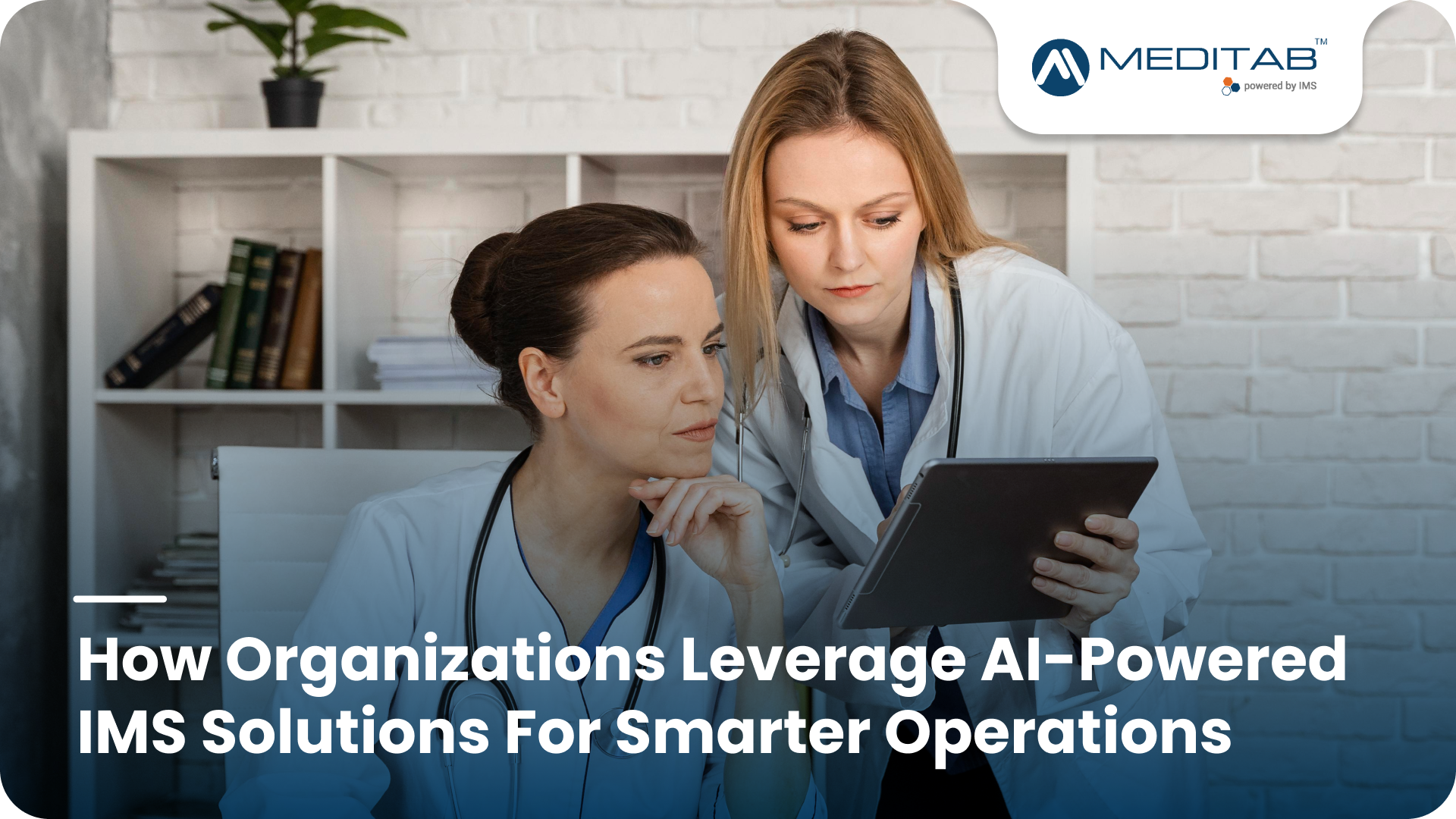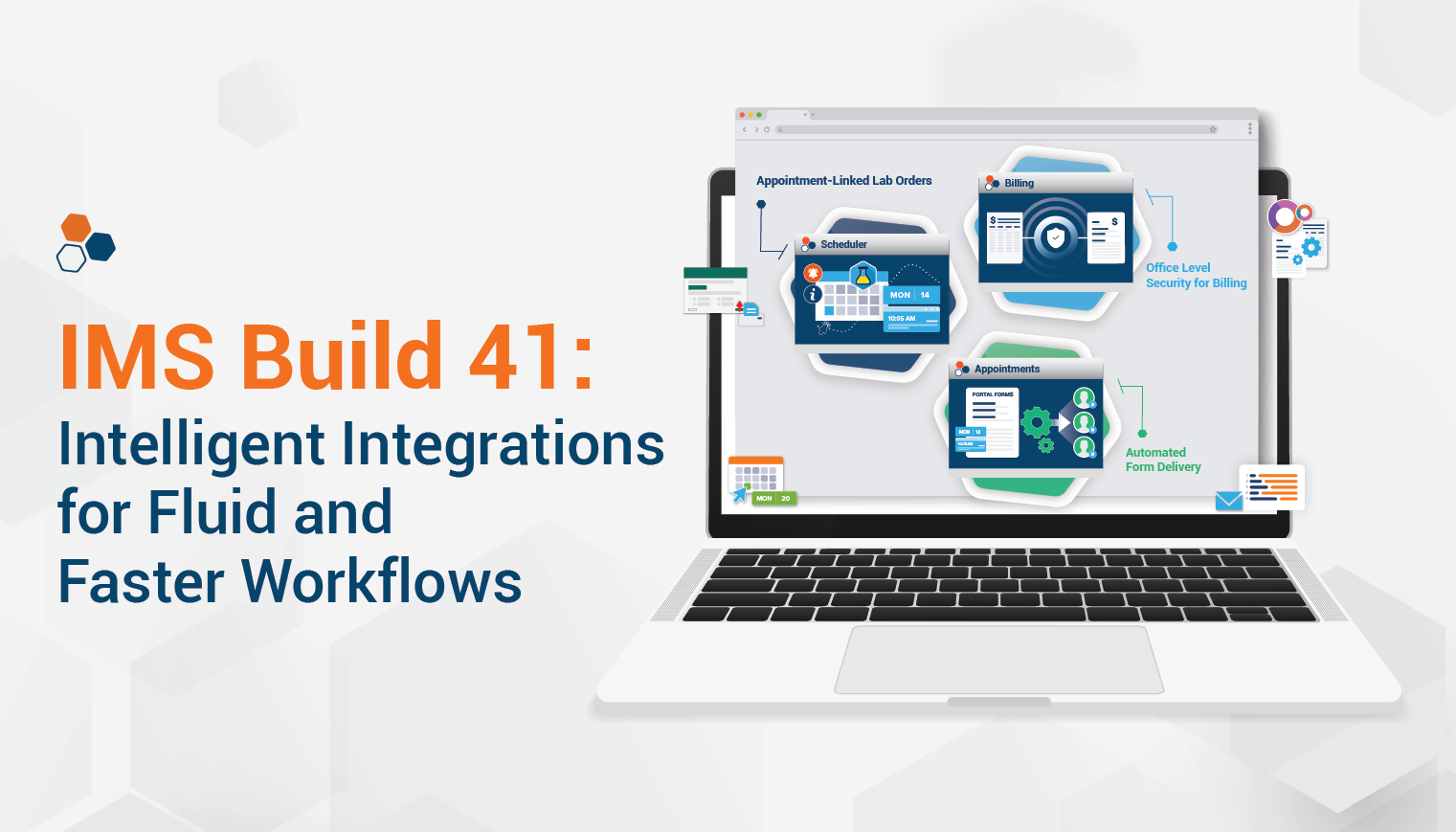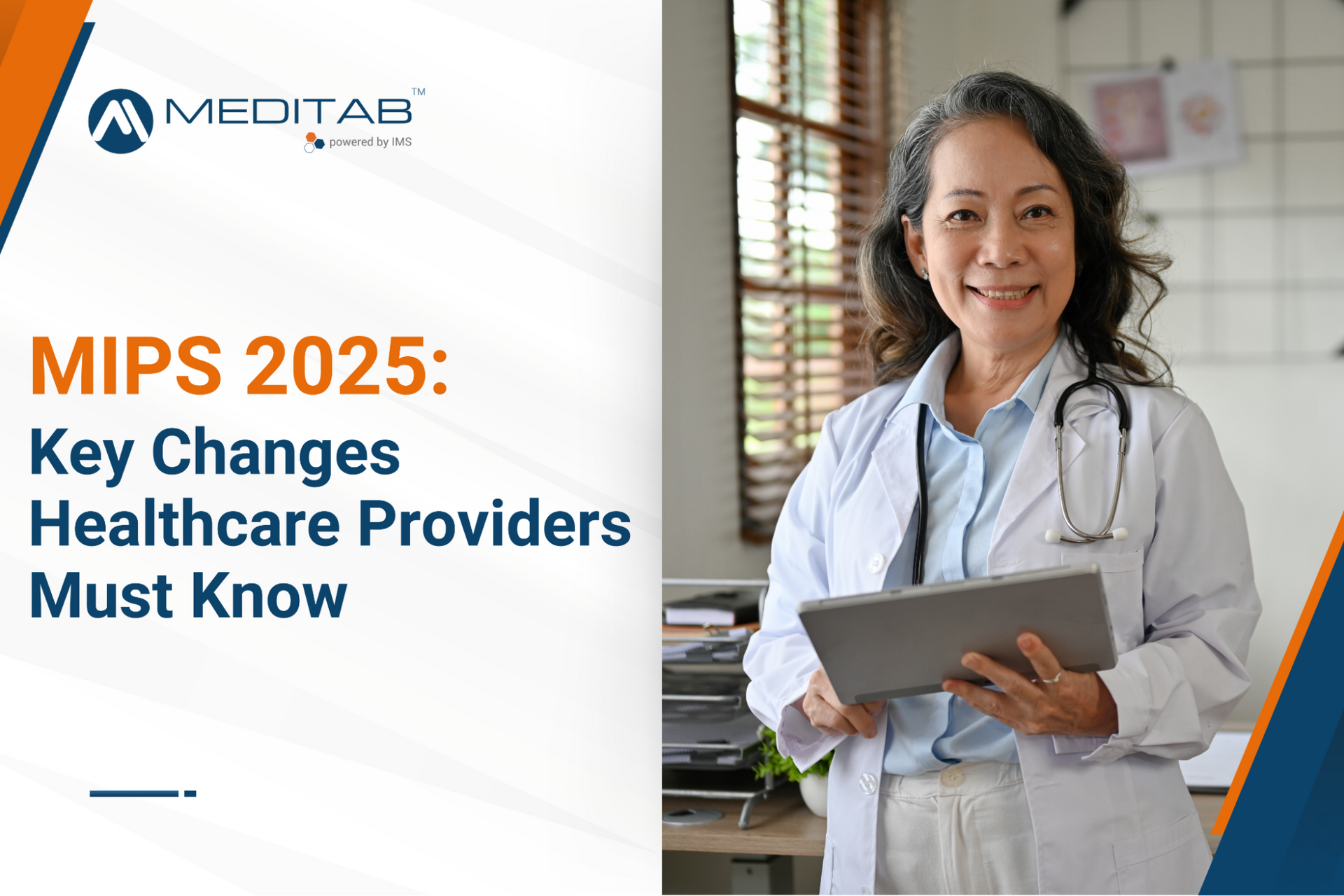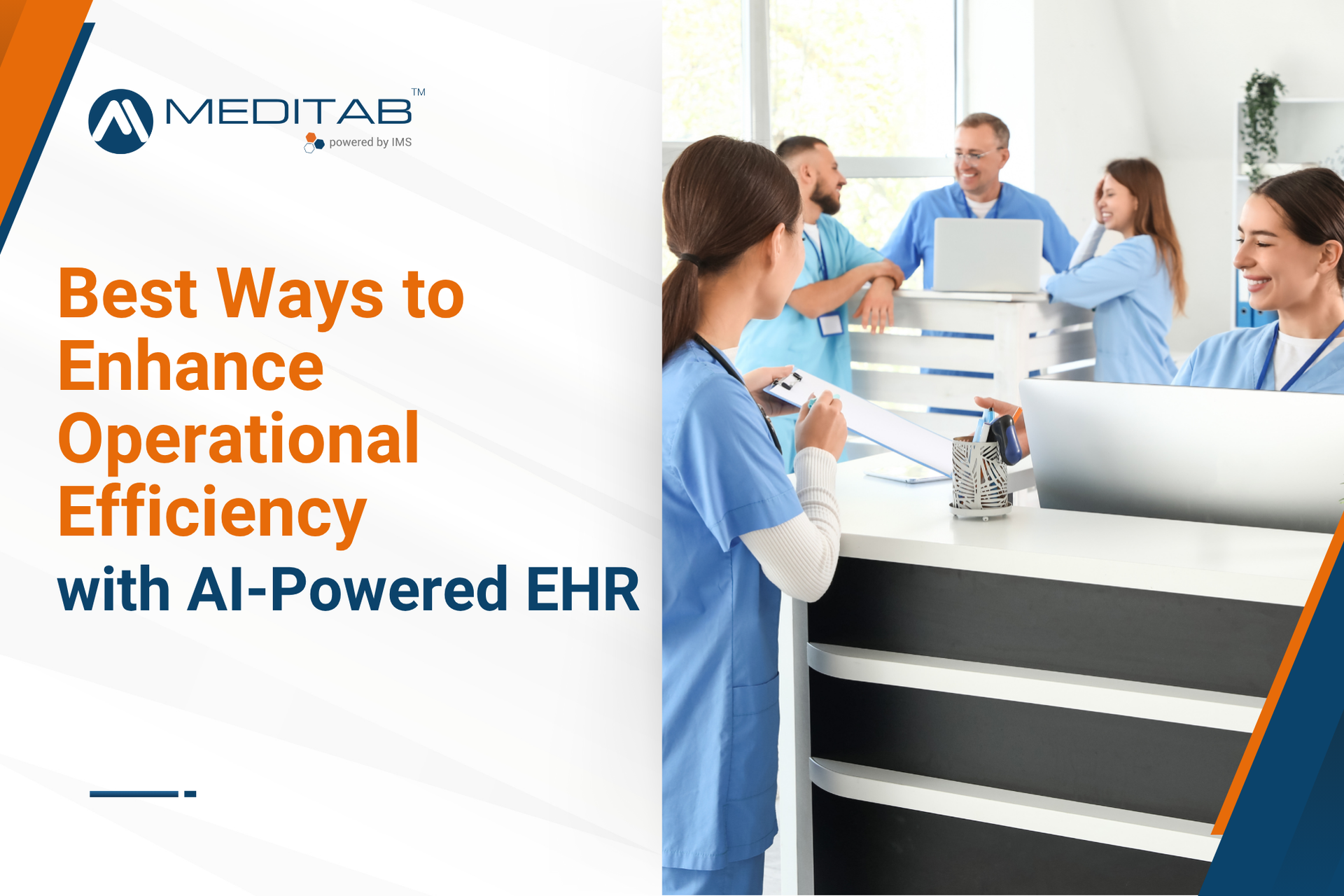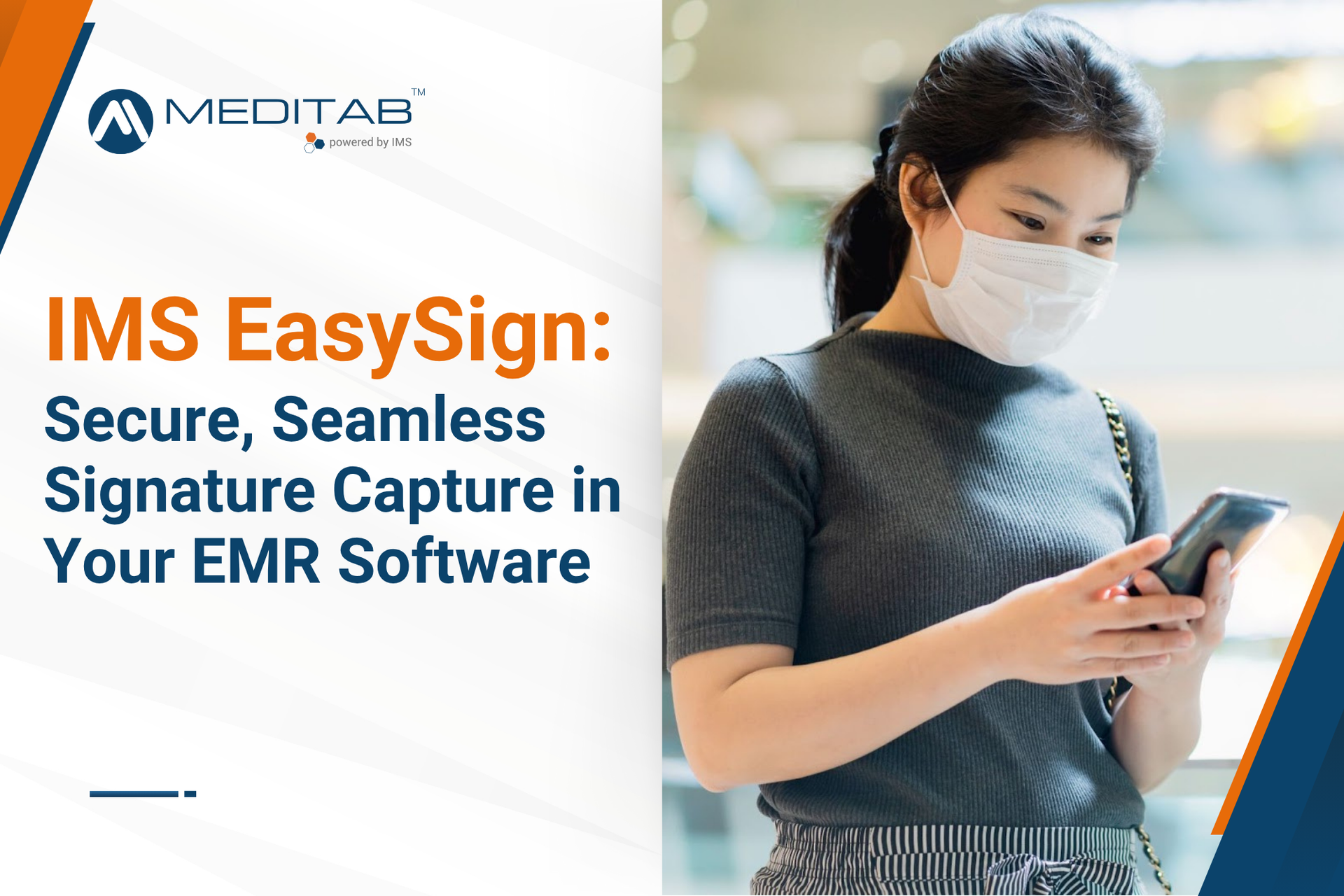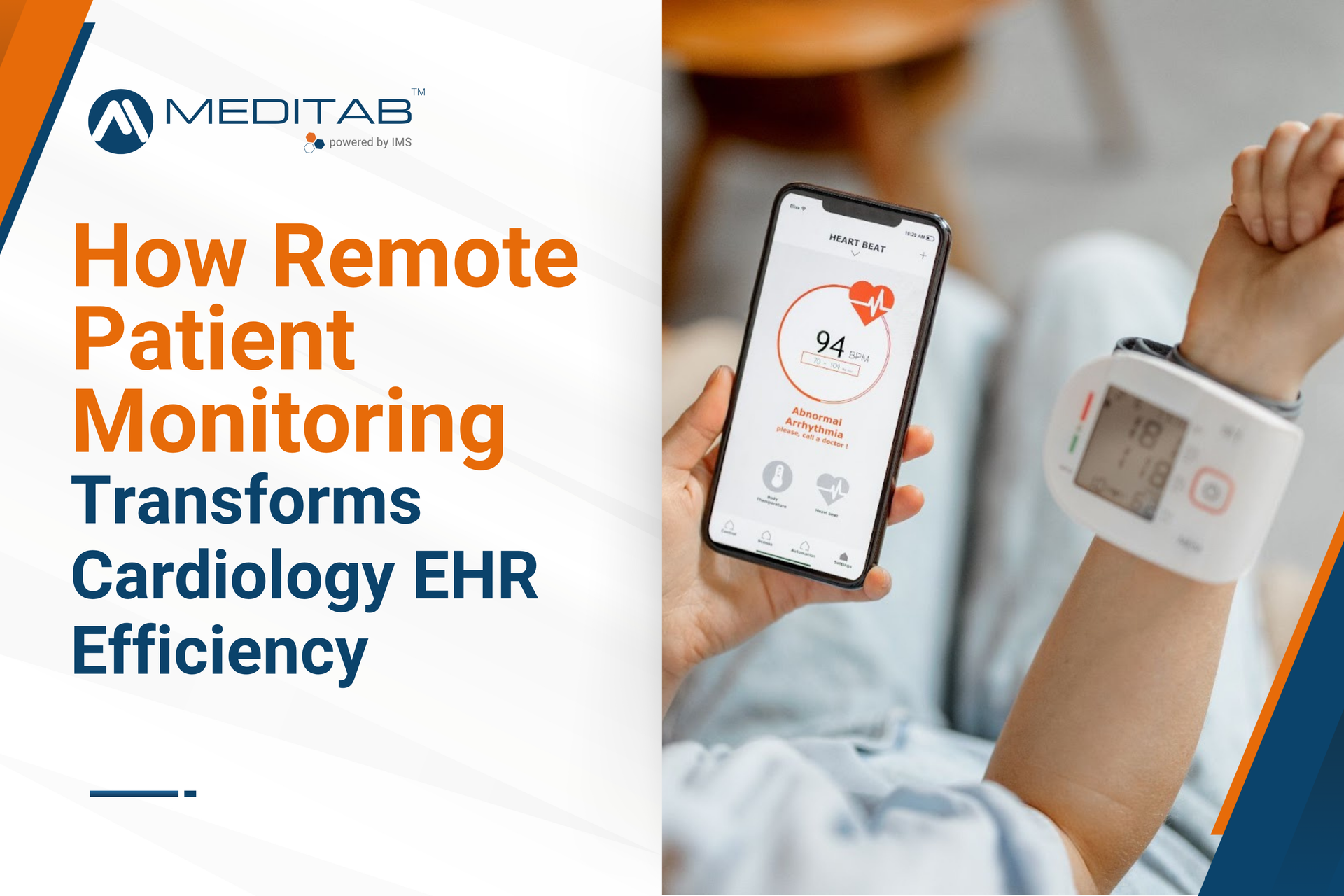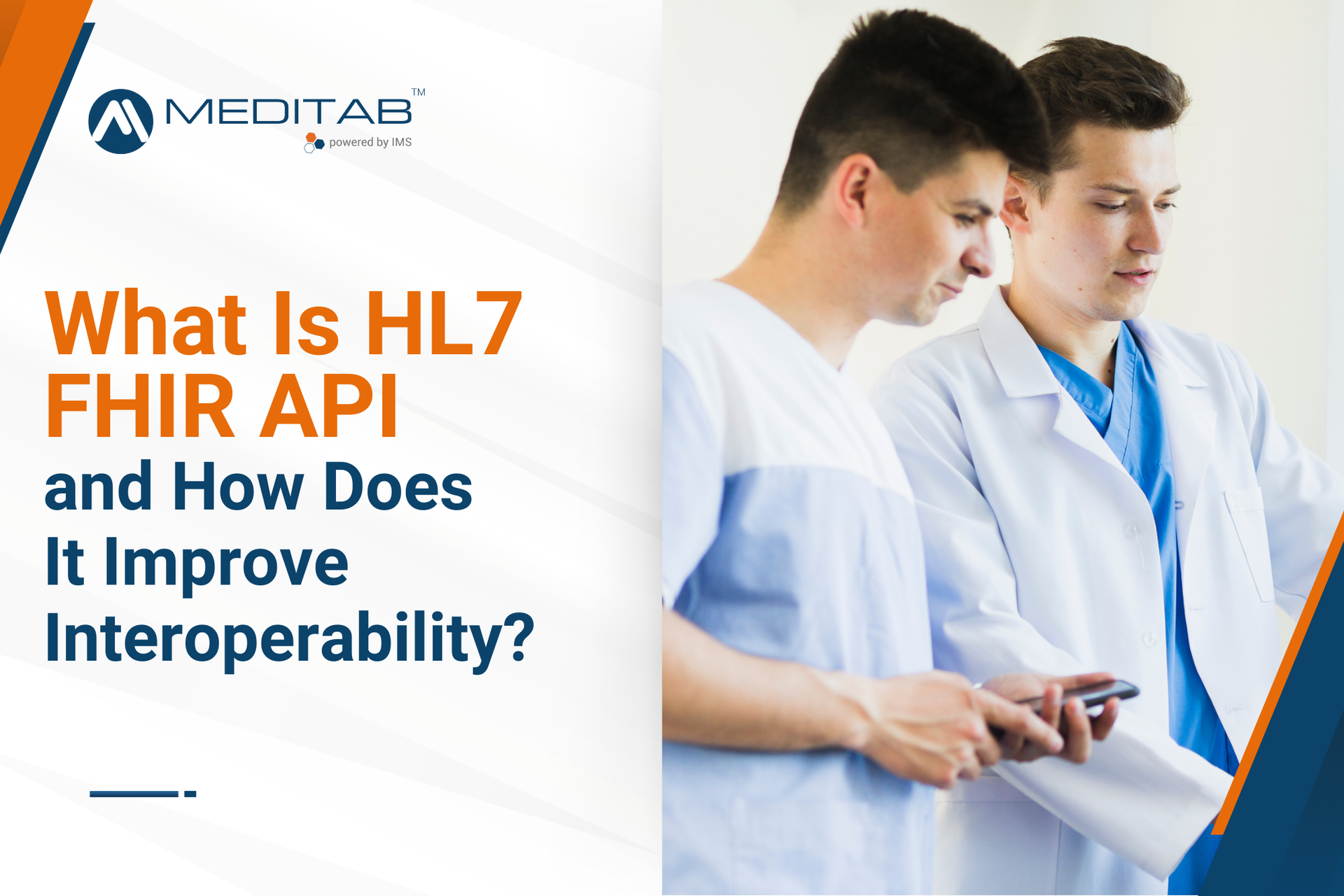Ophthalmology EHR Features You Might Have Missed
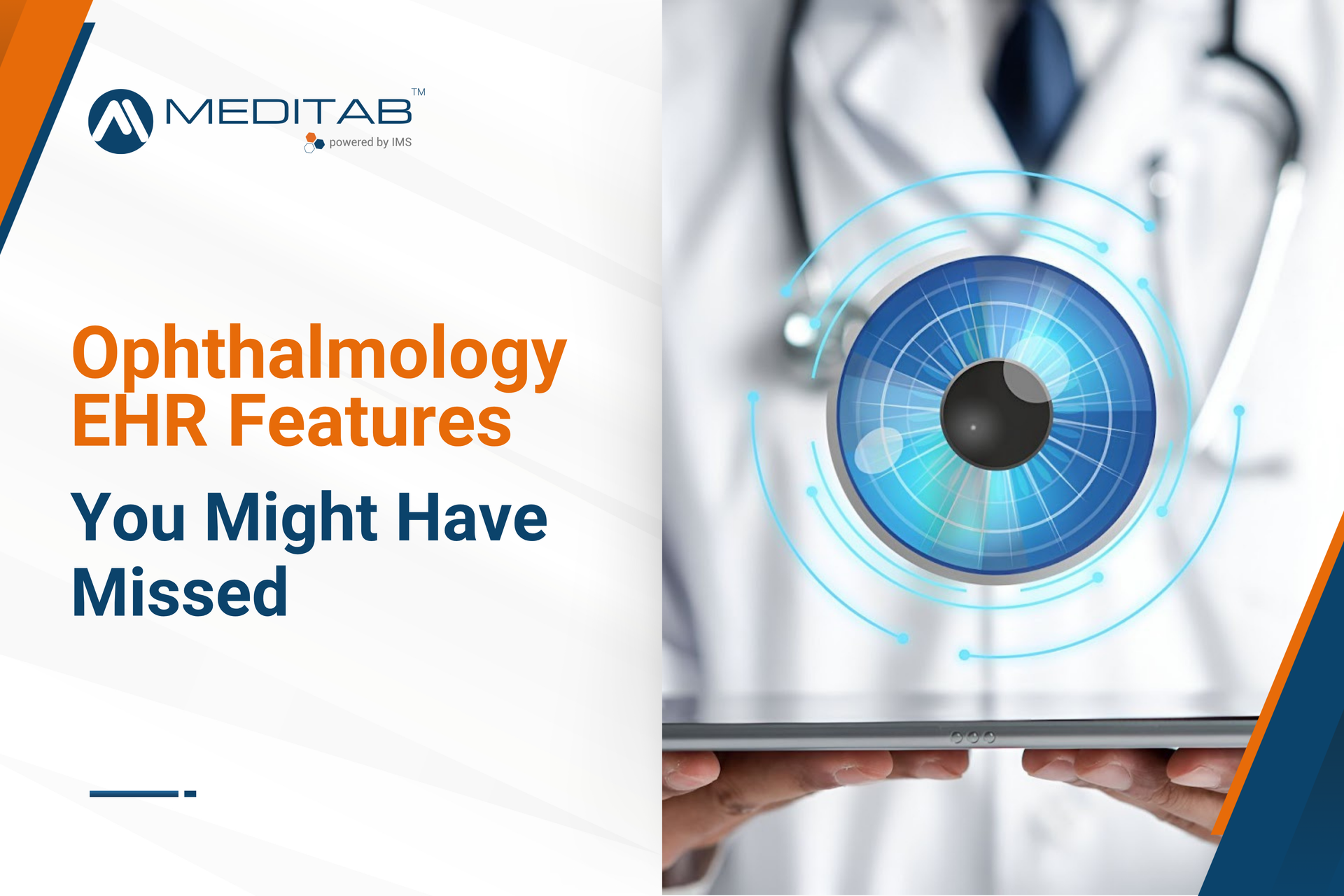
After working with ophthalmology practices for years, we’ve seen firsthand how much the right electronic health record (EHR) system can transform both patient care and day-to-day operations. A general system may handle the basics, but it can’t match the demands of an ophthalmology-focused workflow.
From device integrations and detailed vision tracking to surgical planning and frequent follow-ups, ophthalmology requires more than a one-size-fits-all EHR integration software. That’s exactly why we developed our ophthalmology EHR.
Most practices are already familiar with the essentials — streamlined charting, simplified billing, and organized scheduling. But what often goes unnoticed are the powerful, specialty-specific features built into our ophthalmology software. These tools were designed to address the real challenges that ophthalmologists face every day, unlocking new levels of efficiency and enhancing both provider and patient experiences.
In this blog, we’ll highlight some of those underutilized ophthalmology EHR features that don’t always get the spotlight but can make a lasting difference in how your practice runs.
Don’t Settle for a Generic EHR Software System
Why Ophthalmology Needs a Specialty-Specific EHR and Patient Management Software
If you’ve ever tried to make a general EHR work for ophthalmology, you know it’s like trying to use reading glasses to see a vast landscape—possible, but far from ideal.
Here’s why ophthalmology demands a dedicated solution:
- Unique workflows: Eye exams, vision tests, and surgical planning look very different from a typical family medicine encounter.
- Device-heavy practices: From fundus cameras and OCT machines to visual field analyzers, ophthalmology relies heavily on diagnostic devices. Your EHR should speak these devices’ language.
- Frequent follow-ups: Patients often need multiple visits over time to track disease progression or post-op recovery, requiring detailed longitudinal vision records.
A specialty-specific ophthalmology EHR system isn’t designed to adapt to these needs — it’s built around them.
Underutilized Features in Ophthalmology EHRs
Most ophthalmology practices use their EHR for basic charting, scheduling, and billing, but that’s just scratching the surface. Specialty systems like IMS are packed with tools built specifically for eye care, many of which go unnoticed in daily use. For example, there are AI-enhanced ophthalmology software features that can streamline workflows, sharpen accuracy, and elevate patient care.
Here are some of the most valuable yet often overlooked features worth looking into:
1. Integrated Imaging and Device Connectivity
One of the most time-consuming tasks in many practices is manually uploading diagnostic images. A modern ophthalmology EHR integrates directly with fundus cameras, OCT, and visual field machines, pulling results right into the patient’s chart. No extra steps, no lost files—just seamless access for faster diagnosis.
2. Drawing and Annotation Tools
Words aren’t always enough when describing an eye condition. That’s where drawing and annotation tools come in. The ability to sketch directly on diagrams or annotate images allows ophthalmologists to document findings more clearly and even map out surgical approaches. You can also share these visuals with patients to explain their condition.
3. Customizable Exam Templates
Routine exams like cataract evaluations or LASIK consults don’t need to slow you down. With pre-built, customizable templates, you can significantly cut documentation time while maintaining accuracy and consistency across your practice.
4. Visual Acuity and Refraction Tracking
Your patients’ vision changes over time, sometimes subtly. An ophthalmology EHR software that allows side-by-side comparisons of visual acuity and refraction results across visits gives you a complete picture of progression, helping you make more informed treatment decisions.
5. Teleophthalmology Capabilities
Teleophthalmology makes care accessible to patients who need it most. With secure video consultations and easy image sharing, your practice can reach those who might otherwise skip important follow-ups.
6. Patient Education Tools
Complex conditions can be difficult for patients to grasp. Integrated visuals, diagrams, and videos make explanations clearer and improve compliance. A well-informed patient is far more likely to follow through with their treatment plan.
7. Built-in Surgical Planning and Scheduling
Surgery is a core part of ophthalmology, and having everything in one place is a game-changer. Tools that help you map pre-op tasks, schedule procedures, manage surgical inventory, and track post-op care streamline the entire process, making it smoother for both patients and staff.
8. Analytics & Outcomes Tracking
An ophthalmology EHR with built-in analytics lets you track clinical outcomes, measure surgical success rates, and monitor financial performance. These insights allow you to fine-tune care delivery and business operations based on objective evidence.
How These Features Improve Practice Efficiency and Patient Care

Unlocking these often-overlooked features can completely change the way an ophthalmology practice runs with its EHR system. Instead of juggling extra steps or relying on workarounds, your team works smarter, and patients feel more supported.
Here’s how it plays out:
- Time savings: Automation, templates, and device integration reduce administrative burden for physicians and staff.
- Enhanced accuracy: Built-in tools improve documentation consistency, minimize errors, and strengthen diagnostic precision.
- Better patient engagement: Educational tools and patient management systems empower individuals to take control of their care.
- Smoother surgical workflows: From pre-op planning to post-op follow-ups, everything is coordinated within the EHR.
- Improved compliance: Clearer records and patient understanding lead to better treatment adherence.
The end result is a practice that’s not just more efficient, but also consistently delivers higher-quality care and a better overall patient experience.
Experience the Meditab Advantage in Ophthalmology Care
If you’re in the market for a new EHR or questioning whether your current system is really meeting your needs, it helps to ask the right questions:
- Does it integrate seamlessly with my diagnostic devices?
- Can I customize exam templates to fit my workflow?
- Does it include tools for surgical planning and ASC management?
- What patient engagement features does it offer?
- Are analytics and outcomes tracking built in?
- What kind of training and long-term support does the vendor provide?
The answers matter because an ophthalmology practice has unique demands that a one-size-fits-all system can’t always meet. That’s where Meditab’s ophthalmology EHR software stands out. With device connectivity, ASC and surgical planning tools, patient engagement apps, and real-time analytics, it is designed to support every aspect of your practice both clinically and administratively.
See firsthand how the right EHR supports every aspect of your practice. Book a demo with Meditab today to explore how our ophthalmology software can support your unique needs.
Go Beyond the Basics with a Trusted Ophthalmology Software
Frequently Asked Questions
Can Meditab’s ophthalmology EHR integrate with the diagnostic devices I already use?
Yes, IMS connects seamlessly with fundus cameras, OCT machines, visual field analyzers, and other key ophthalmic equipment.
What’s the learning curve for staff when switching to a new EHR?
Most practices find that with tailored training and customizable templates, the transition is smooth and adoption is quick.
How does Meditab’s ophthalmology EHR system handle imaging storage and retrieval?
The system organizes images directly within patient charts, making it easy to access historical data without separate file systems.
How does IMS handle data migration from an existing system?
Meditab provides full migration support to transfer patient charts, imaging, and historical data without disrupting operations.

